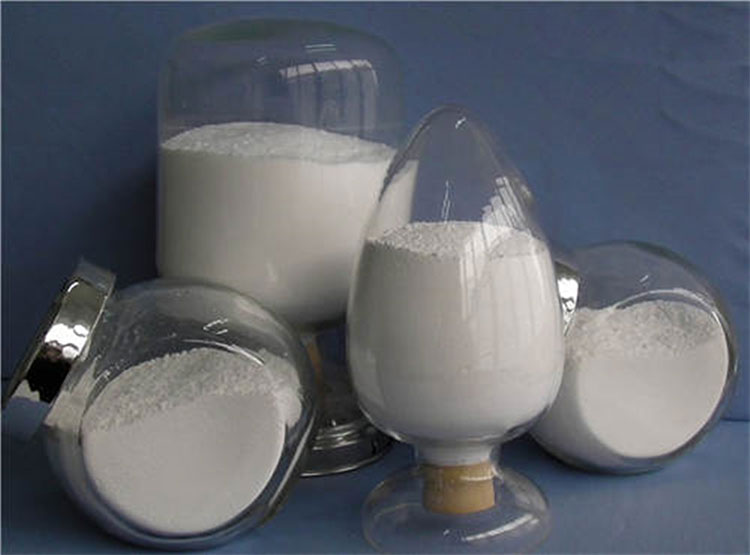
Anionic flocculant (negative charge) and cationic flocculant (positive charge), because of the electrical properties of the different, anionic flocculant for suspended particles, more out, high concentration, particles with positive charge, water PH value is neutral or alkaline sewage, steel mill wastewater, electroplating plant wastewater, metallurgical wastewater, coal washing wastewater, etc. Cations are used in urban sewage treatment, chemical, printing and dyeing, slaughter and other sewage treatment containing organic materials.
Anionic flocculants are generally negative groups after hydrolysis, such as -COOH, the degree of hydrolysis is strong. The surface of many SS type substances is often charged. Obviously, the same charged flocculant can use the principle of opposites attract to flocculate SS type substances, which can help precipitate magazines in wastewater. It is also called flocculating precipitator, and similar to this is called anionic polyacrylamide or APAM.
Cationic flocculant in acidic or alkaline medium, the positive property of cationic is enough to flocculate and precipitate sewage quickly and effectively, flocculate and precipitate sewage with negative charge of suspended particles in sewage, clarification is very effective. Such as the production of food alcohol wastewater, paper waste water, municipal sewage treatment plant in addition to the use of solid cationic flocculant, and polyaluminum chloride in organic/inorganic wastewater treatment has been increasingly widely used.
Anionic flocculants and cationic flocculants have different group electrical properties. Therefore, the electrical properties of adsorbed flocs in water or sludge are different, and the selection of flocculants is different. In short, it is the opposite of electric. So to clay particles with negative charge with cations, if you use anions before adding inorganic flocculant. In general, cationic PAM should be used for sludge dewatering, and the specific selection should be determined according to the small test. There are also PAC first, and then negative and non-ionic PAM, accounting for a minority. Anions are generally used for pre-treatment, usually air flotation or sedimentation.